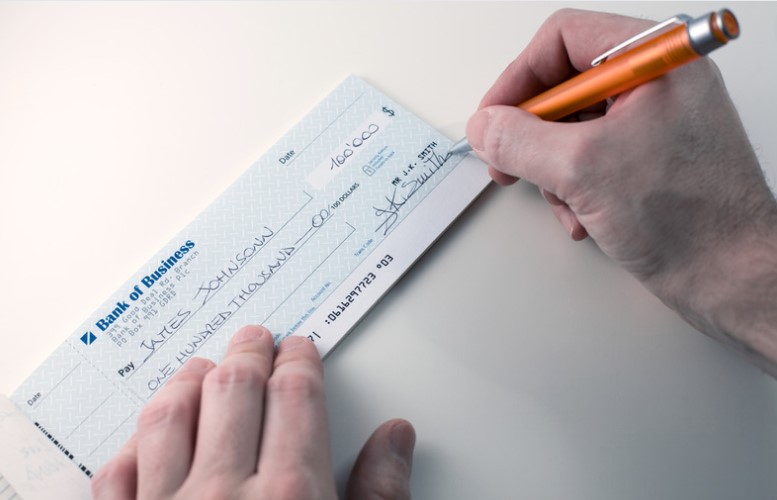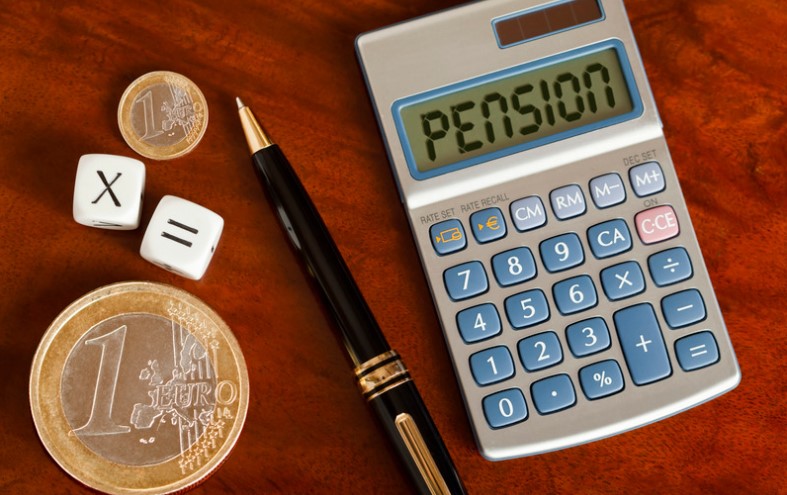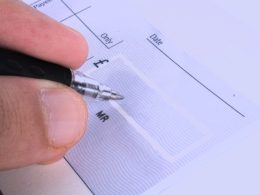Do you still find yourself unsure of how to write a cheque in Canada? Fear not, my friend! Writing a cheque may seem like an outdated practice in today’s digital age, but it is still widely used and accepted. Whether it’s for paying rent or settling a debt with a friend, writing a cheque can come in handy. And let’s be real, sometimes it just feels good to see that physical piece of paper glide across the counter. This article guides you to learn the ins and outs of writing cheques in Canada.
What is a Cheque?

A cheque is a written document that authorizes the transfer of funds from one bank account to another. It’s basically like writing a note to your bank, instructing them to pay someone else on your behalf.
Cheques have been around for centuries and are still widely used today, particularly in Canada. They offer a convenient way to make transactions without carrying cash or using electronic payment methods.
How Does a Cheque Work in Canada?
A check is a written document that orders a bank to take money from the account of the person who writes it in the amount specified. In Canada, cheques are still widely used for various transactions including rent payments, bill payments and even personal transfers of funds. The process starts when the person writing the cheque fills in all necessary information such as the date, the payee’s name and the amount payable.
Once the cheque has been filled out correctly, it can be deposited or cashed by the recipient at their financial institution. The receiving bank then sends this information to its corresponding clearinghouse where it is processed along with other cheques received that day.
After processing, funds are transferred from the payer’s account into an escrow account before being transferred to the receiver’s account. This entire process usually takes around 2-3 business days to complete.
Despite advancements in digital banking technology, many Canadians still prefer using cheques due to their simplicity and familiarity. However, as with any form of payment method, there are risks involved so always ensure you write your cheques securely and accurately!
Benefits of Using a Cheque in Canada

Using cheques in Canada can offer a variety of benefits, especially when it comes to making payments.
- One advantage is that cheques provide a paper trail for transactions, which can be helpful for record-keeping and budgeting purposes. Unlike cash or electronic transfers, cheques leave behind physical evidence of the payment made.
- Another benefit of using a cheque is that they are widely accepted by most small businesses in Canada. This means you don’t have to worry about carrying large amounts of cash with you when making purchases or paying bills. Additionally, if someone doesn’t accept credit cards or online payments, writing them a cheque is an easy alternative.
- Cheques also provide flexibility when it comes to scheduling payments since they can be postdated for future dates. This allows individuals and businesses to organize their finances more effectively while ensuring timely payments without the need for constant reminders.
- Using cheques in Canada can help protect against fraud by providing proof of payment and allowing banks to track suspicious activity on accounts more easily. Although there may be alternative payment methods available today, such as e-transfers and mobile banking apps, traditional cheque writing still offers plenty of advantages that make it worth considering as part of your financial toolkit.
How to Write a Cheque in Canada?
Writing a cheque may seem like an outdated way of sending money, but it’s still widely used in Canada. It’s a simple and secure way to make payments without the need for cash or electronic transfers. Here is a step-by-step guide on how to write a cheque in Canada.
- Start by writing the date at the top right-hand corner of the cheque. Ensure that you write out the full month instead of abbreviating it.
- Next, fill in the name of who you’re paying with capital letters on the line marked “Pay To The Order Of.” This should be followed by writing out the amount you wish to pay both numerically and written out in words
- In addition, ensure that you sign your name neatly on the signature line located at the bottom right-hand corner of your cheque.
- Furthermore, always remember to keep track of all cheques issued from your account, as this will help prevent fraud or unauthorized access to your funds.
- Never forget to deposit cheques promptly upon receiving them, as stale-dated cheques may not be accepted by banks after six months from their issue date.
By following these steps carefully when writing a cheque in Canada, you can guarantee that it will be processed smoothly without any issues or delays.
What to Do About a Mistake on the Cheque?
Mistakes happen, even when writing a cheque. Fortunately, there are ways to fix them without having to start all over again.
- The first thing you should do if you make a mistake on your cheque is not to panic. It’s a common error that can be easily corrected.
- The best way to handle an error on a cheque is by voiding the entire cheque and starting from scratch. You can either use a new cheque or write the corrected amount on the same one after marking it as “Void” so that no one else can cash it.
- If you’ve already given the mistaken cheque to someone, contact your bank as soon as possible and explain what happened. They may be able to put a stop payment on the check before it’s deposited or cashed.
- Another important tip for avoiding mistakes is double-checking all details before signing off on anything. Make sure everything matches up with what you intended before handing it over or sending it out.
- Remember, making mistakes happen but taking action quickly will prevent any further damage and give peace of mind knowing that things have been rectified properly!
How to Cancel a Cheque in Canada?
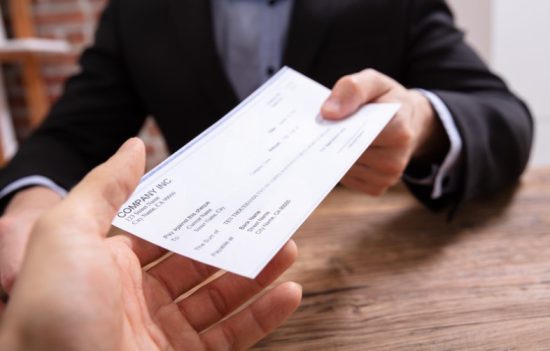
If you’ve written a cheque that needs to be cancelled, the process is fairly straightforward in Canada. However, it’s important to act quickly as once a cheque has been cashed or deposited; it can no longer be cancelled.
- To cancel a cheque, contact your bank and inform them of the situation. They will likely ask for details such as the date the cheque was written, who it was made out to, and the amount.
- Next, you’ll need to provide written confirmation of your request to cancel the cheque. This can usually be done online through your bank’s website or by visiting a branch in person.
- It’s worth noting that some banks may charge a fee for cancelling a cheque, so be sure to check with them beforehand.
- Once your request has been processed and confirmed by your bank, they will place a stop payment on the original cheque, preventing it from being cashed or deposited. It’s important to keep in mind that this doesn’t guarantee that the funds won’t still be withdrawn from your account if someone tries to cash an old or cancelled cheque.
- To cancel a cheque in Canada, contact your bank immediately, providing all necessary information about it, including its date of issue; then submit written confirmation via an online banking platform or visit their physical location; also, learn about possible fees associated with cancelling cheques before proceeding with cancellation requests
Tips for Writing a Secure Cheque
When it comes to writing a cheque, security should always be your top priority. After all, you don’t want anyone to tamper with or fraudulently cash your cheque.
Here are some tips for writing a secure cheque in Canada:
- Ensure that you have the correct and complete information of the payee before filling out the cheque. This includes their name and address as well as any other necessary details, such as an account number or invoice reference.
- Always use a pen with black ink when writing out your cheque. Avoid using pencils or erasable pens, which others can easily alter without leaving any trace behind.
- Make sure to write legibly and do not leave blank spaces on the check where someone else could add extra numbers or words later on.
- Another important tip is to never sign a blank cheque or give anyone access to your cheques unless necessary. Keep them in a secure location that is only accessible to you.
- Consider adding additional security measures such as printing “not negotiable” across the front of your cheques or setting up alerts with your bank whenever one of your cheques is cashed.
By following these tips, you can help ensure that your cheques are written securely and minimize the risk of fraud or unauthorized transactions on your account.
Alternatives to Writing a Cheque in Canada
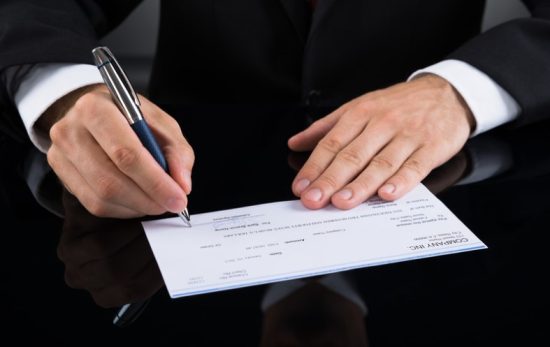
If you’ve grown weary of writing cheques, don’t fret – there are many other payment options available that provide users with speed, convenience and security. Interac e-Transfer is one such option, allowing you to transfer funds from your bank account to another using an email address or phone number. Online bill payment through banks’ websites and apps is another viable solution offering an easy way to pay utilities, cable, internet and more without having to go through the process of writing a physical cheque.
Credit cards offer yet another convenient alternative, allowing you to shop online or in-store while earning rewards points. And last but not least, cash always has its place for small purchases like coffee runs or quick trips to the store.
Conclusion
Writing a cheque in Canada is a straightforward process that everyone should know. It’s an essential tool for making payments and keeping track of expenses. However, with the rise of digital payment options such as e-transfers and online bill payments, cheques are slowly becoming less popular. Still, it’s important to keep this skill handy because you never know when you might need to write one.
Remember always to double-check your work before handing over a cheque. This practice ensures that no mistakes or errors occur during the transaction process. By following these simple steps outlined above and using our tips on how to write a secure cheque, you can confidently write cheques without any fear of fraud or errors.




